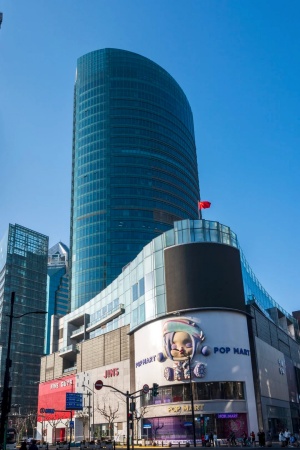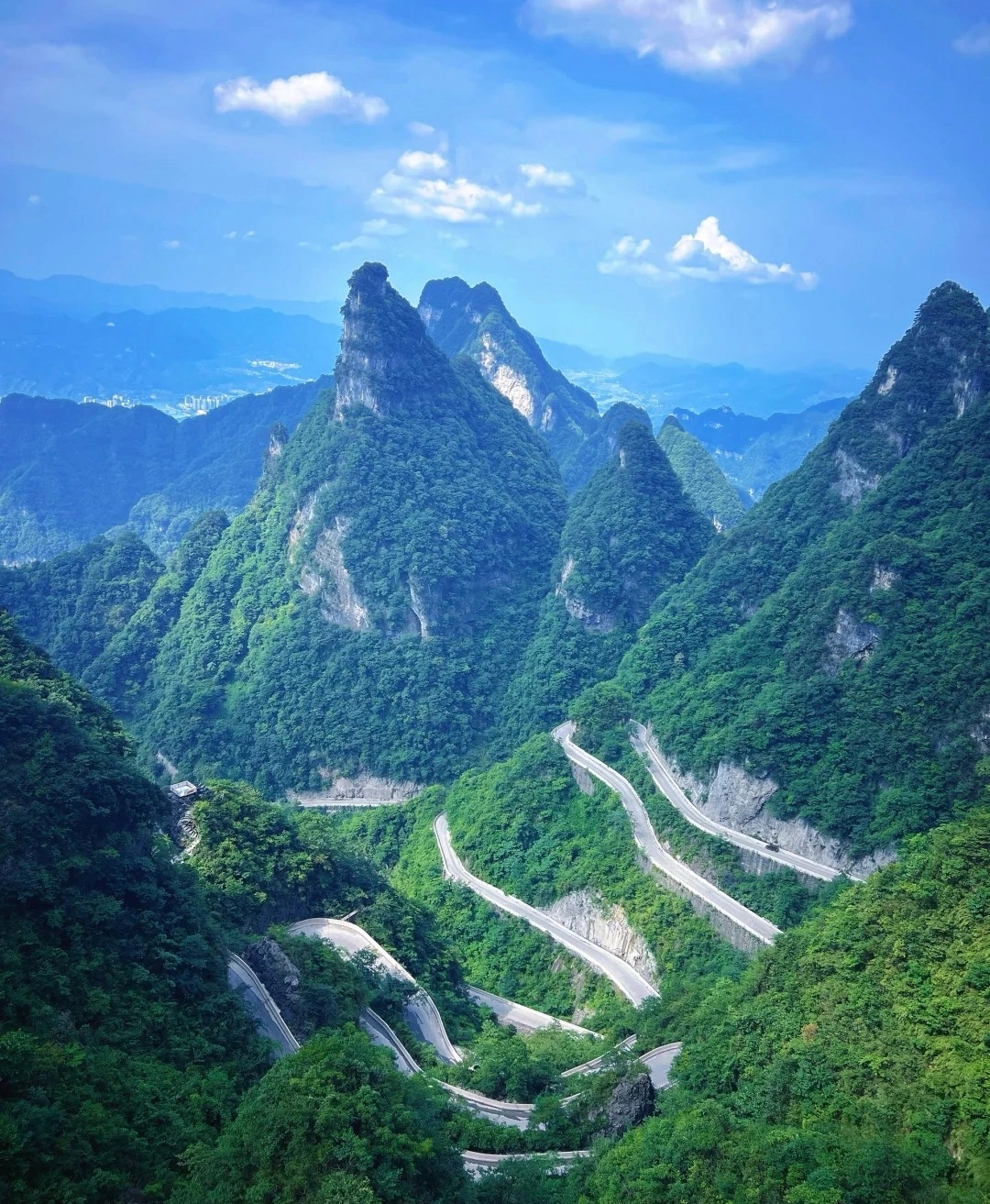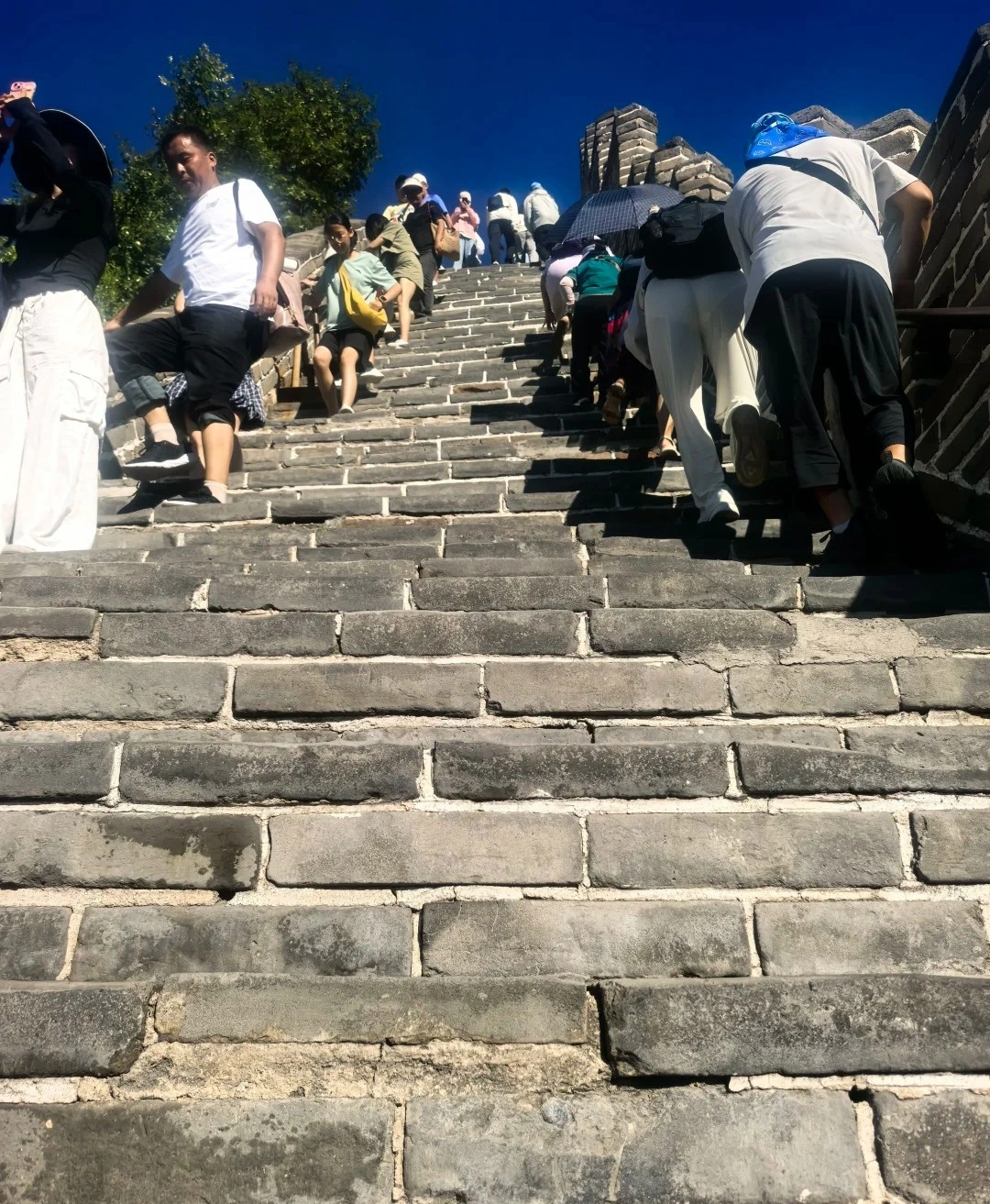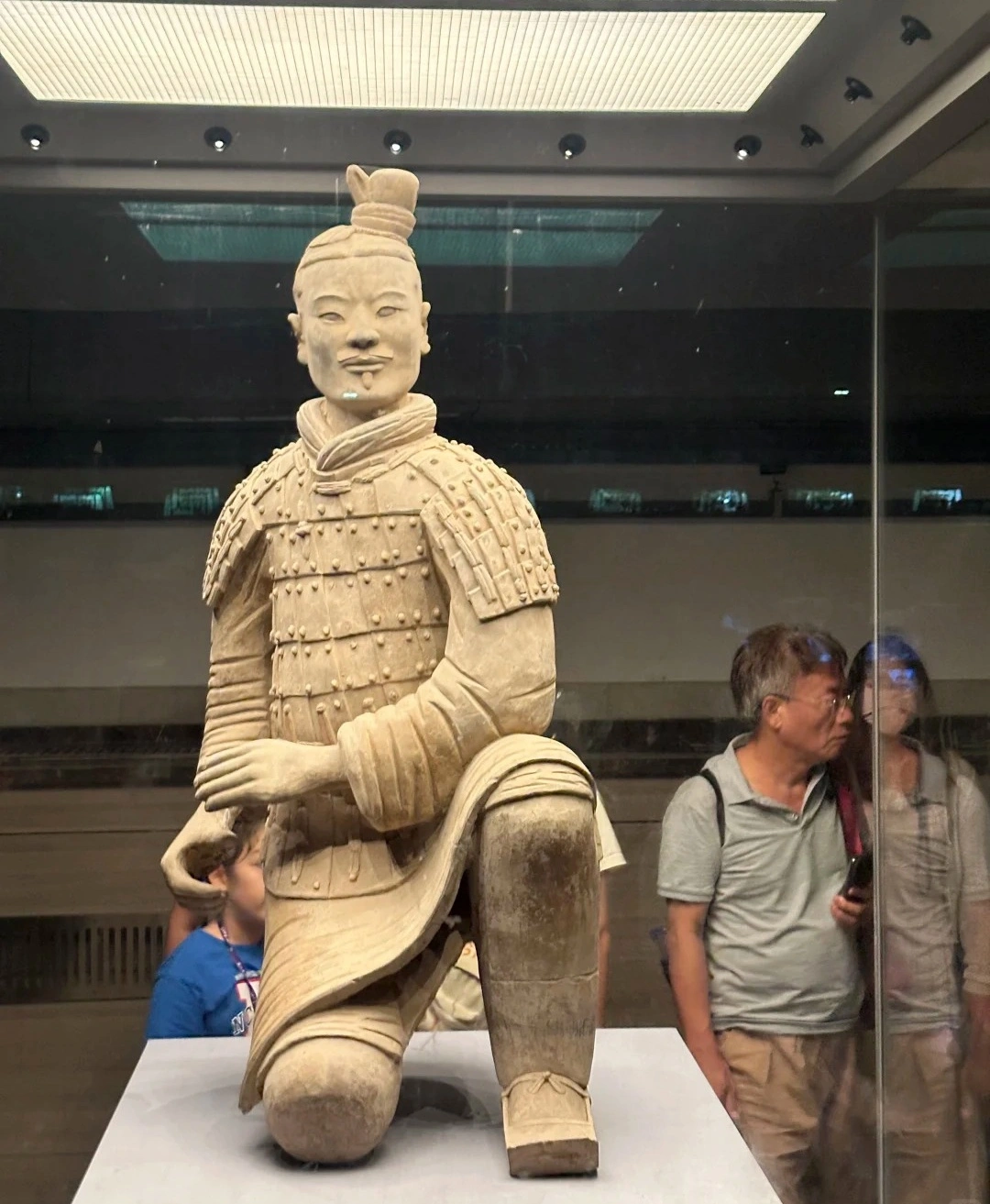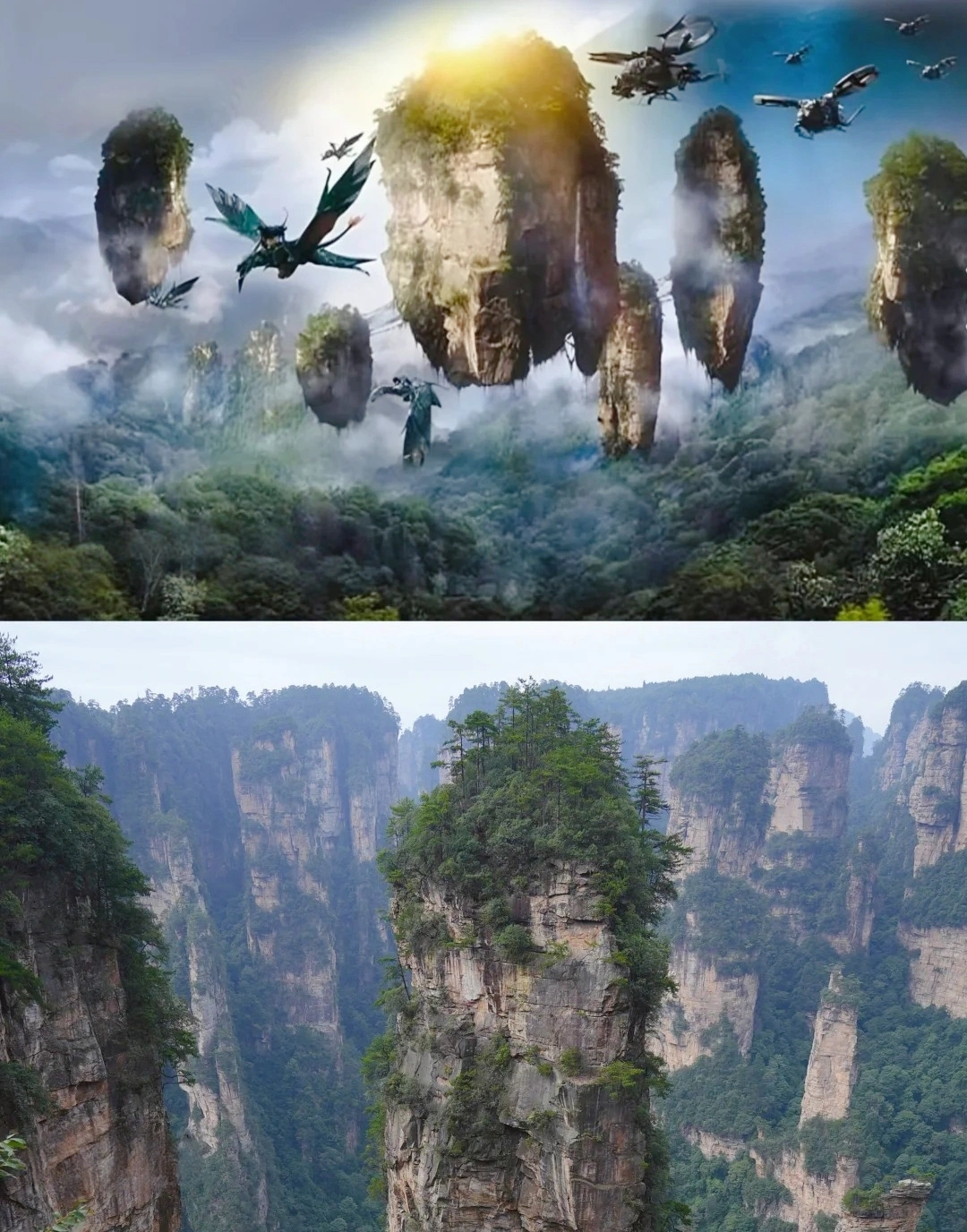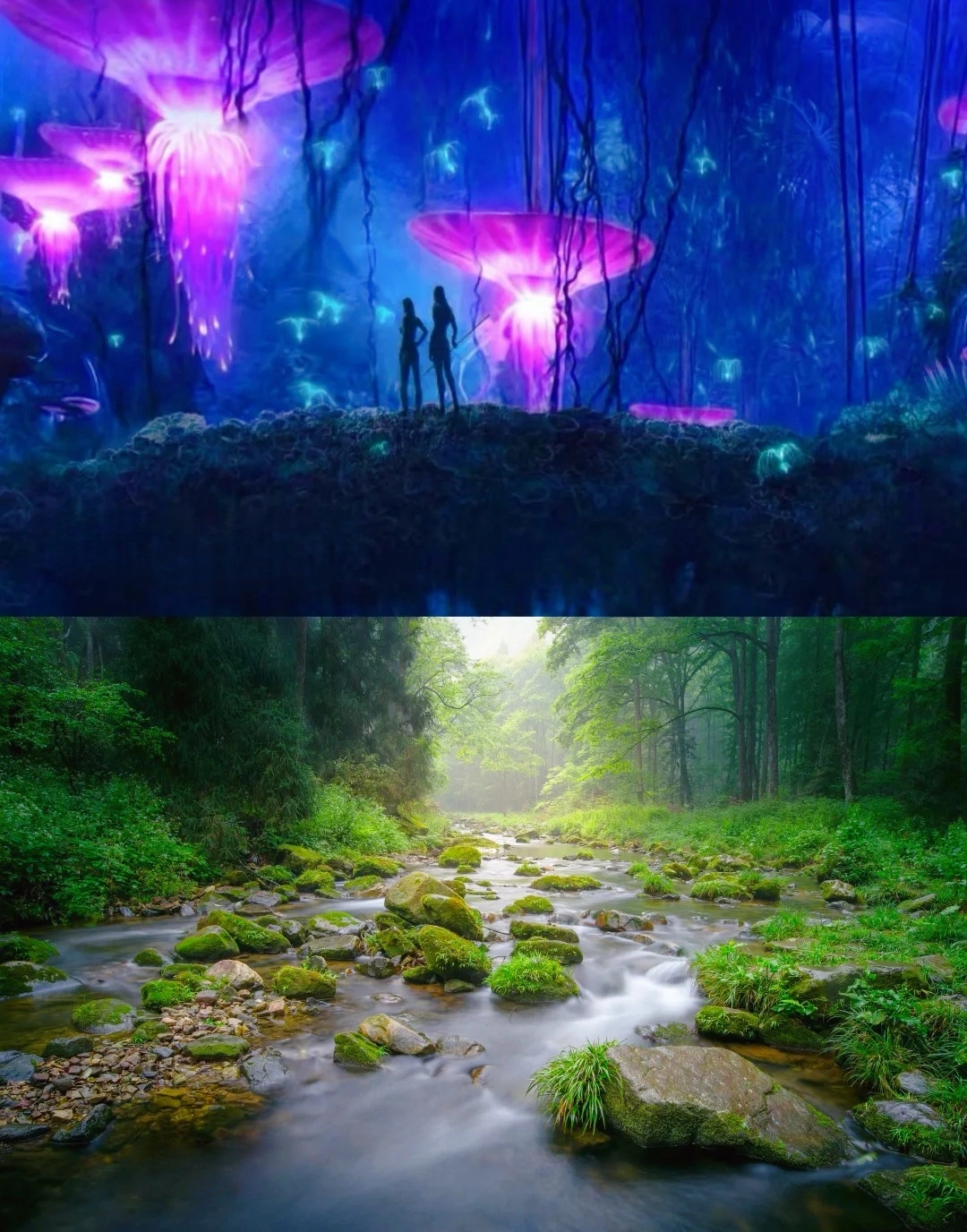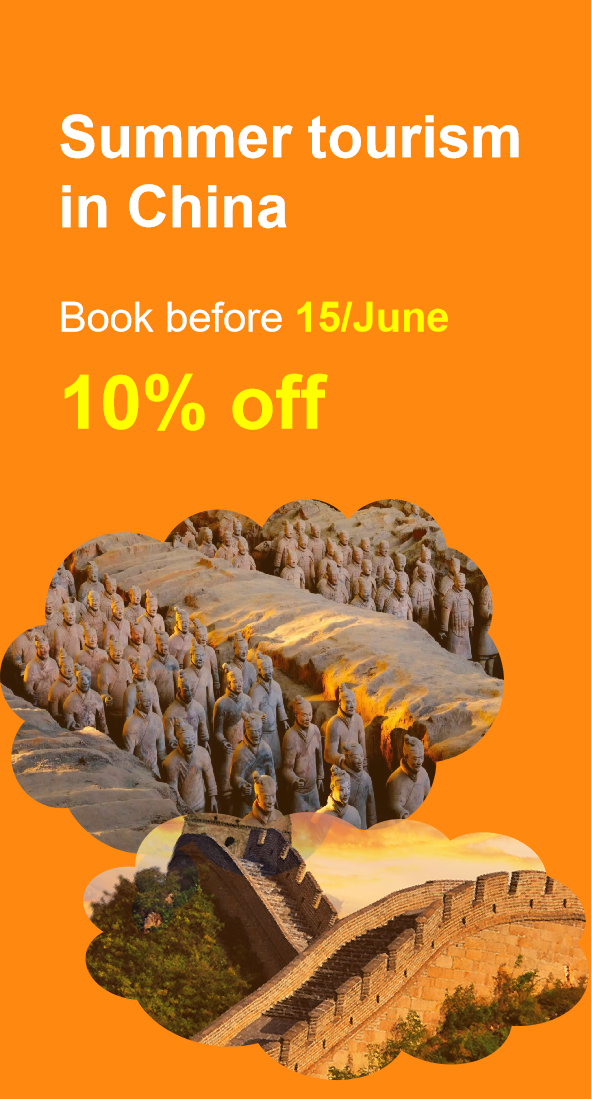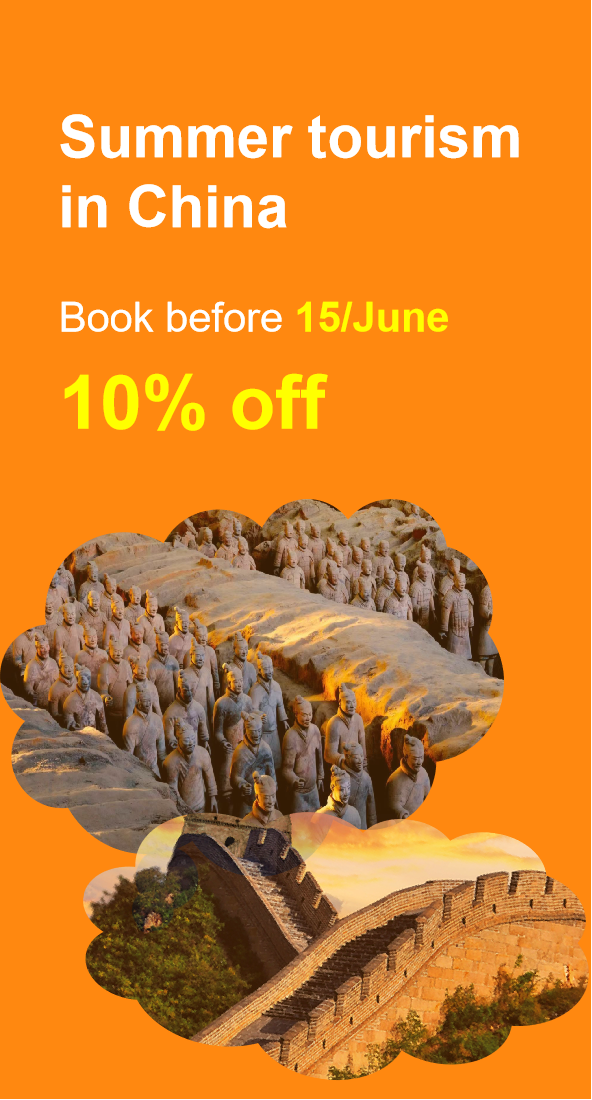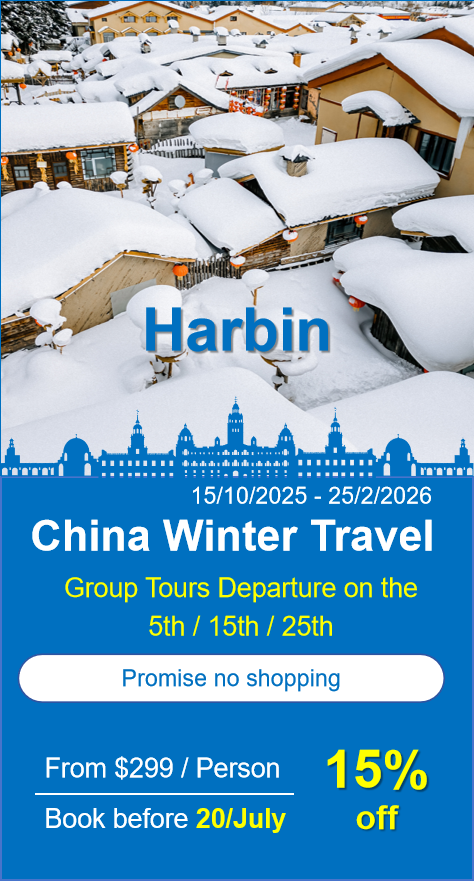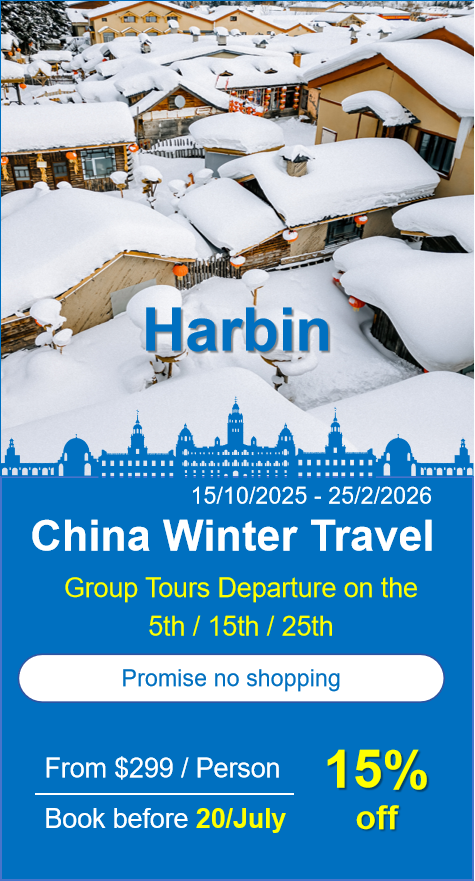The top 10 places to visit in Tibet
Tibet, a land of snow-capped peaks, turquoise lakes, and ancient spiritual traditions, offers travelers a transformative experience. Here are the top 10 destinations that encapsulate the region’s natural beauty, cultural heritage, and mystical allure:
1. Potala Palace (Lhasa)
Highlights: A UNESCO World Heritage Site and the world’s highest ancient palace, the Potala Palace stands as a symbol of Tibetan Buddhism and political power. Built in the 7th century and expanded in the 17th century, this architectural marvel houses over 10,000 Buddhist relics, including murals, statues, and the tombs of eight Dalai Lamas.
Why Visit: Marvel at its red and white fortress-like structure, explore the White Palace (administrative quarters) and Red Palace (spiritual chambers), and witness the daily rituals of monks.
Practical Tips: Book tickets in advance (¥288+) and arrive early to avoid crowds. Photography is restricted inside.
2. Namtso Lake (Damxung County)
Highlights: Known as the "Heavenly Lake," Namtso is one of Tibet’s three sacred lakes, nestled at 4,718 meters above sea level. Its crystal-clear waters reflect the surrounding Nyenchen Tanglha Mountains, creating a surreal landscape.
Why Visit: Hike along the lakeshore, visit Tashi Dor Monastery, and camp under starlit skies. The lake is also a pilgrimage site for Tibetan Buddhists.
Practical Tips: The road to Namtso is open May–October; carry oxygen supplies due to high altitude. Entry fee: ¥210+.
3. Mount Everest Base Camp (Tingri County)
Highlights: The northern base camp of the world’s highest peak (8,848.86m) offers breathtaking views of Everest’s north face. The nearby Rongbuk Monastery adds spiritual significance.
Why Visit: Witness the sunrise painting Everest in golden hues and trek to the base camp (5,200m) for an up-close encounter.
Practical Tips: A border permit is required; hire a local guide for logistics. Best visited April–May or September–October.
4. Yarlung Tsangpo Grand Canyon (Nyingchi)
Highlights: The world’s deepest canyon, carved by the Yarlung Tsangpo River, is home to lush forests, traditional villages, and the iconic South迦巴瓦 Peak (7,782m), often shrouded in clouds.
Why Visit: Trek through pristine wilderness, spot rare wildlife, and photograph the "Shy Mountain" (South迦巴瓦) during autumn when skies are clearest.
Practical Tips: Entry fee: ¥150+. Combine with a visit to Sog Village for a taste of traditional Tibetan life.
5. Basumtso Lake (Gongbo’gyamda County)
Highlights: A 5A-rated scenic area, Basumtso is a turquoise glacial lake surrounded by snow-capped peaks and evergreen forests. Its island, Zaxi Congba Monastery, dates back to the Tang Dynasty.
Why Visit: Boat across the lake, hike to viewpoints, and stay in local homestays for authentic cultural immersion.
Practical Tips: Entry fee: ¥120+. Visit in spring (April–June) for blooming rhododendrons or autumn (September–October) for foliage.
6. Jokhang Temple (Lhasa)
Highlights: The spiritual heart of Tibet, this 1,300-year-old temple houses the revered Jowo Shakyamuni Buddha statue, believed to be a lifelike representation of Buddha at age 12.
Why Visit: Join pilgrims circumambulating the temple (kora) and explore the bustling Barkhor Street market for Handicrafts and thangka paintings.
Practical Tips: Dress modestly; entry is free, but donations are welcome. Open 8:30 AM–6:30 PM.
7. Guge Kingdom Ruins (Zanda County, Ngari)
Highlights: These 1,000-year-old ruins, perched on a hillside, are remnants of a once-powerful Buddhist kingdom. Explore palaces, temples, and cave dwellings carved into the cliffs.
Why Visit: Hike through the eerie yet captivating ruins and learn about Tibet’s ancient history. The site is often paired with visits to nearby Mount Kailash and Lake Manasarovar.
Practical Tips: A permit is required; combine with a multi-day Ngari tour.
8. Yamdrok Lake (Lhoka Prefecture)
Highlights: Another of Tibet’s three sacred lakes, Yamdrok’s electric-blue waters are framed by snow-dusted peaks. The lake changes color with the light, earning it the nickname "Turquoise Goddess."
Why Visit: Drive the 90-km lakeshore road, visit the Ganden Monastery overlook, and spot yaks grazing on the shores.
Practical Tips: Entry fee: ¥100+. Best photographed at dawn or dusk.
9. Samye Monastery (Tsetang)
Highlights: Tibet’s first Buddhist monastery, founded in 779 CE, blends Indian, Chinese, and Tibetan architectural styles. Its central temple represents Mount Meru, the cosmic axis in Buddhist cosmology.
Why Visit: Attend a prayer ceremony, explore the four surrounding temples, and hike to nearby Yumbulakhang Palace, Tibet’s oldest building.
Practical Tips: Open 9:00 AM–6:00 PM; entry fee: ¥45+.
10. Mount Kailash (Ngari Prefecture)
Highlights: Sacred to Hindus, Buddhists, Jains, and Bonpo followers, this 6,638m peak is considered the "Center of the Universe." The 52-km kora (circumambulation) around it is a life-changing pilgrimage.
Why Visit: Trek through high-altitude landscapes, visit Lake Manasarovar (holy freshwater lake), and witness devout pilgrims prostrating themselves along the trail.
Practical Tips: A permit is mandatory; the trek takes 3 days and requires acclimatization. Best attempted May–September.
Final Tips for Travelers
- Altitude Sickness: Acclimatize in Lhasa (3,650m) for 2–3 days before heading to higher elevations.
- Permits: Apply for a Tibet Travel Permit and border passes (for Mount Everest, Mount Kailash) through a registered tour agency.
- Best Time: May–October offers milder weather, though winter (December–February) provides fewer crowds and discounted rates.
Contact Us
What Our Clients Say?
Based on 10,000+ traveler reviews
